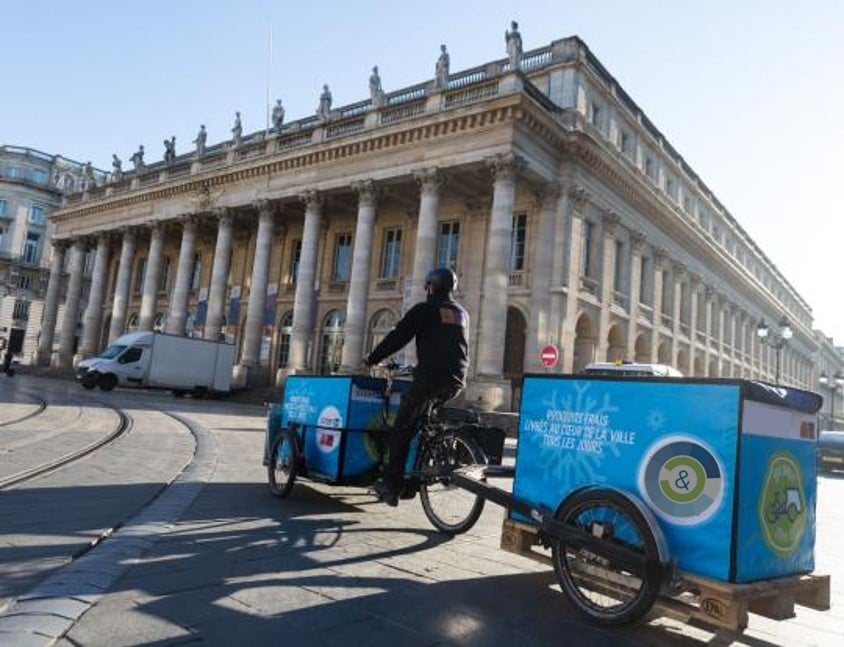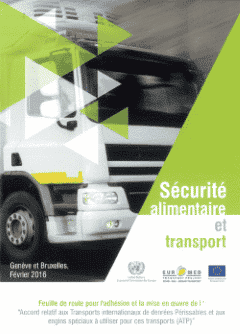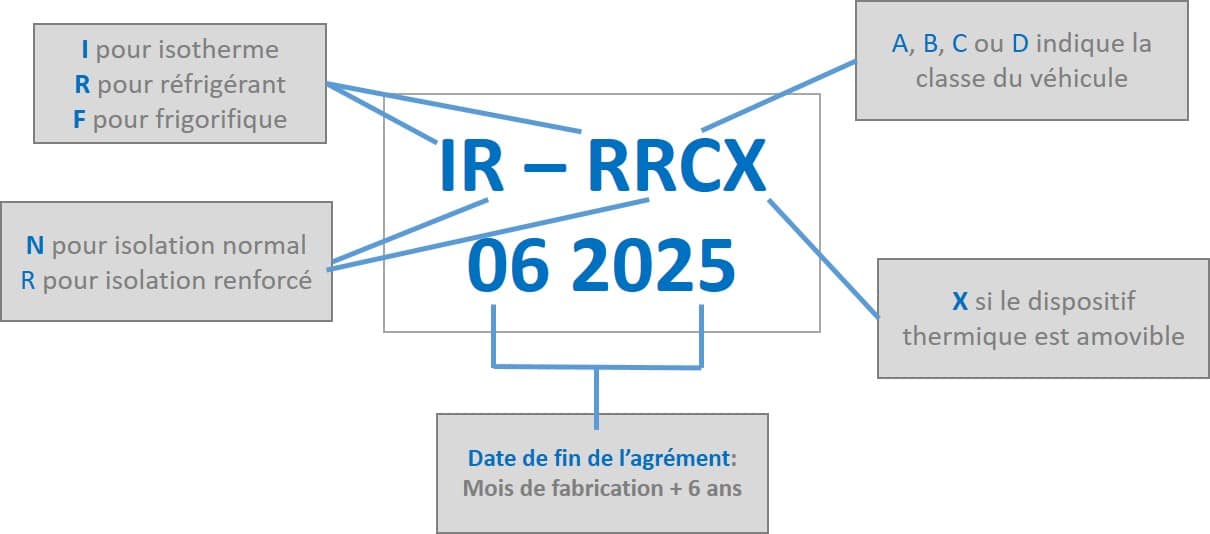LOGISTICS AND REGULATIONS
Urban logistics is taking an increasingly important part in urban space today and, whether it is the cities or the companies established in these urban territories, all are aware of the importance of adapting to these new uses, with the preservation of the environment and the limitation of its environmental footprint as a background.
But what do we mean by « urban logistics » ? What are these new uses imposed by the transformation of cities and the consumption of their inhabitants ? How do logistics providers, delivery companies and transporters adapt ? And how can these activities be associated with environmental protection ?
Discover all the answers to these questions and how COLD & CO brings its solutions to these problems !
WHAT IS ECO-RESPONSIBLE URBAN DISTRIBUTION ? ECO-RESPONSIBLE URBAN DISTRIBUTION ?

Eco-responsible urban distribution consists of reducing the nuisances linked to the transport of goods:
- reduction of gases, pollutants and particles related to fuel consumption to improve air quality
- reduction of noise pollution;
- relieving traffic congestion by pooling flows, developing night deliveries, deliveries by three-wheeler, electric utility bicycles and multimodal distribution.
Environmental policies set up restricted traffic zones (ZCR) with the identification of vehicles according to CRIT’Air stickers.
At COLD & CO, our CarryTemp solutions are silent and autonomous from an energy point of view. Moreover, they can easily adapt to the needs of vehicles such as cargo vehicles, electric scooters and CNG (natural gas for vehicles) .
PIEK CERTIFICATION FOR QUIET DELIVERY
The PIEK certification is necessary for night deliveries. It certifies that the equipment respects the maximum noise threshold of 60dB(A) at 7.5 meters for deliveries between 11pm and 7am.
Since 2012, the city of Paris has been a member of the CERTIBRUIT association, which offers urban logistics players as well as local authorities comprehensive support to carry out night deliveries that respect local residents.
Since April 2018, the city of Paris has also been subsidizing transporters and small merchants who acquire clean and silent Piek-certified vehicles.

ATP IN FRANCE, WHAT TO KNOW ?

In France, the transport of perishable foodstuffs is subject to a double regulation:
- An obligation of result: the foodstuffs must be transported at the temperature indicated by the legislation.
- An obligation of means imposing the use of a transport solution with an ATP technical compliance certificate. You can find the text of the ATP agreement on the UNECE website.
The ATP is the acronym of the Agreement on the International Carriage of Perishable Foodstuffs and on the Special Equipment to be used for such carriage. This United Nations agreement came into force in 1976 and was signed by 48 countries. It has been transcribed into national law and therefore applies to French territory.
The ATP sets the performance requirements for thermal insulation and refrigeration necessary to transport perishable foodstuffs. This obligation can be waived for transports of less than 80km without breaking the load, i.e. without opening the doors of the refrigerated enclosure.
In other words, the distribution of perishable foodstuffs over less than 80Km and in several delivery points must :
- justify the good temperatures of maintenance of the perishable foodstuffs;
- use ATP approved solutions, sufficiently insulating and with a good refrigeration capacity.
As an example, COLD & CO’s CarryTemp containers have obtained ATP approval as Class C and D reinforced refrigerated vehicles.
TEMPERATURE STANDARDS
Annex III of the decree of December 21, 20091 and Annex I of the decree of October 8, 20132 establish, in addition to the regulation 853/2004, the transport temperatures of various foodstuffs.
Please note that no one can replace the responsibility of the client operator of the transport to designate the appropriate transport temperature of his products.
TEMPERATURE REQUIREMENTS GOODS FOR THE TRANSPORT OF REFRIGERATED GOODS
TEMPERATURE CONDITIONS FOR THE TRANSPORT OF FROZEN OR DEEP-FROZEN FOODSTUFFS
HOW TO GET AN ATP CERTIFICATE ?
In order to receive an ATP certificate, each isothermal container and each cold production device is submitted to a test in an official ATP test station.
This test allows to qualify 2 elements:
1. THE ISOTHERM OF THE EQUIPMENT
A measurement of the K coefficient, insulation coefficient, determines the isothermal quality of the container:
2. THE EFFICIENCY OF COOLING DEVICES
For an outside temperature of 30°C, a cooling machine will be categorized according to 4 classes if it lowers and maintains the inside temperature for more than 12h:
As an example, COLD & CO‘s CarryTemp containers have obtained ATP approval as Class C and D reinforced refrigerated vehicles.
ATP MARKING
To identify the authorized temperature ranges and the duration of the approval, an ATP label with a minimum size of 160x100mm is affixed to the equipment.
For example, this ATP label on a COLD & Co CarryTemp box indicates that it is a reinforced isothermal unit or a reinforced refrigerated unit – if it is associated with eutectic plates – of class C.
This CarryTemp box was assembled in June 2019 and its 1st 6-year approval is valid until June 2025.


